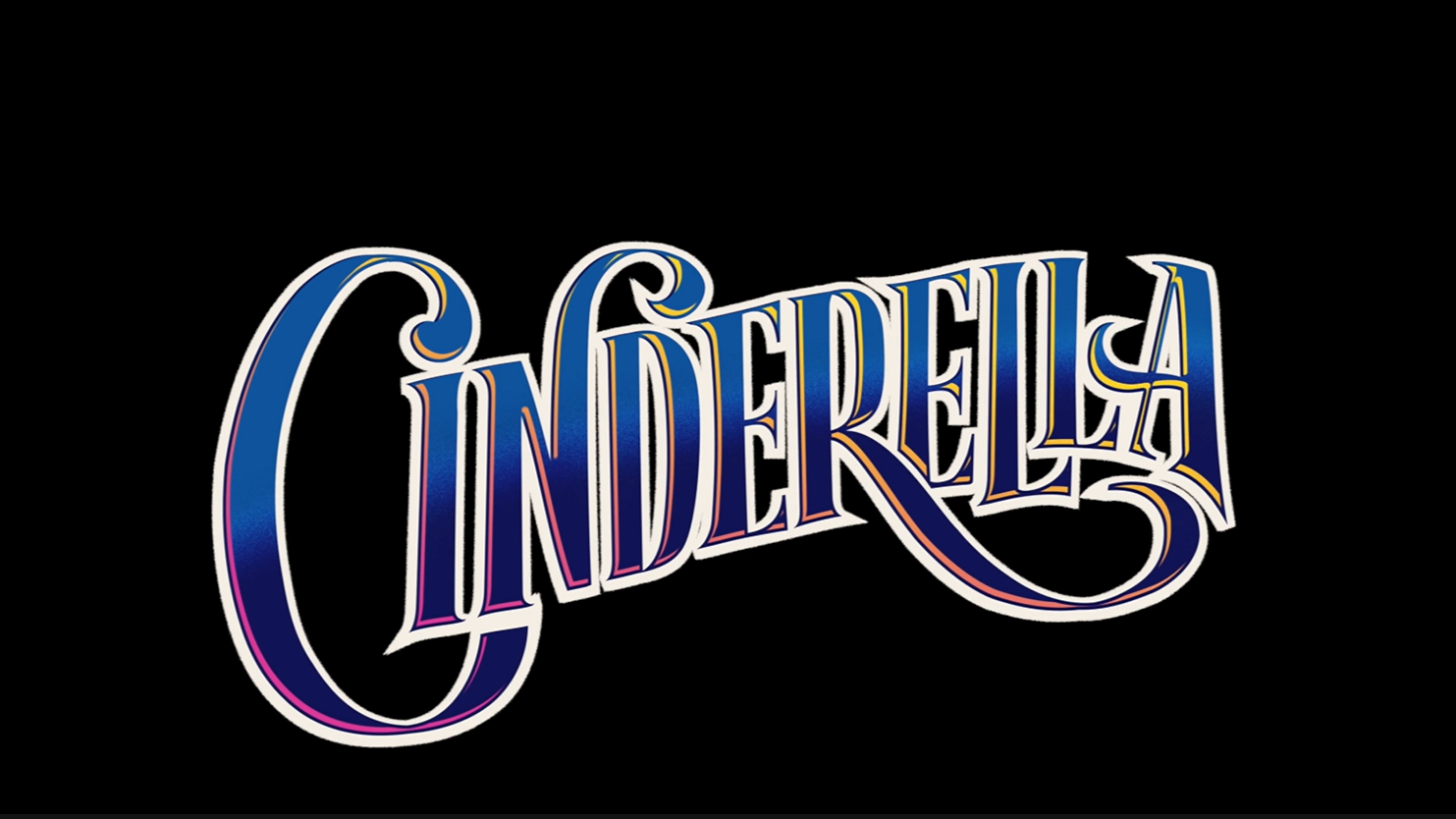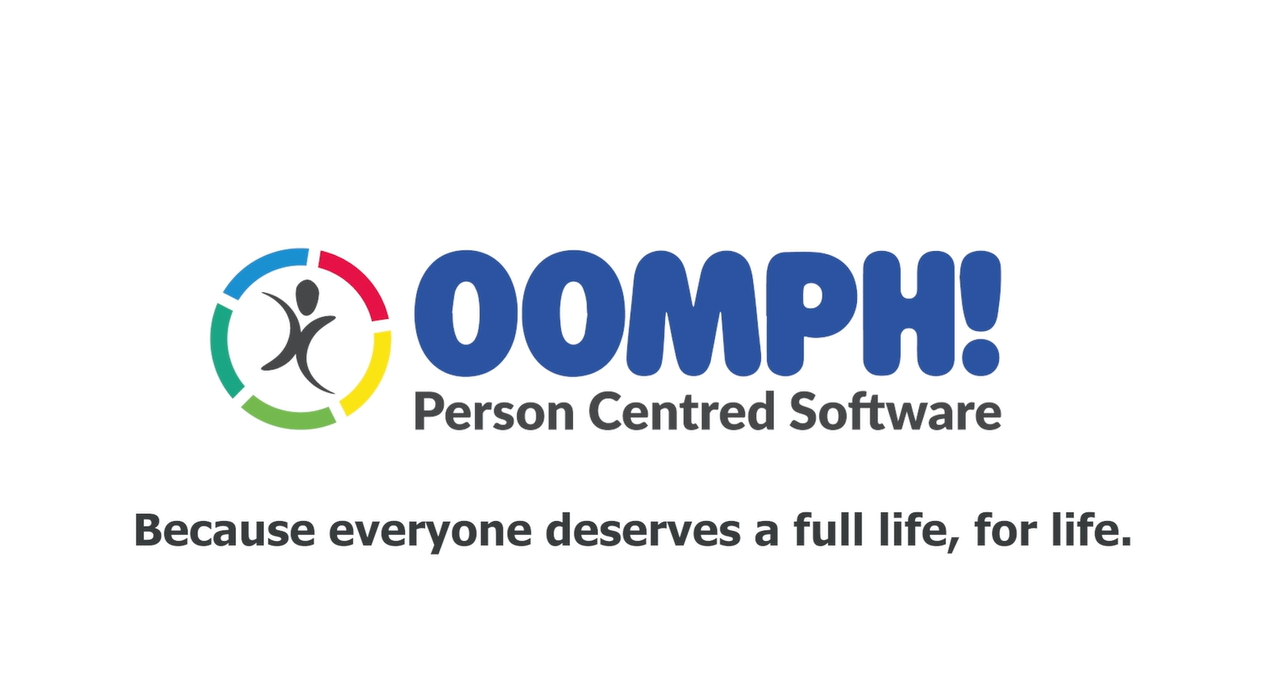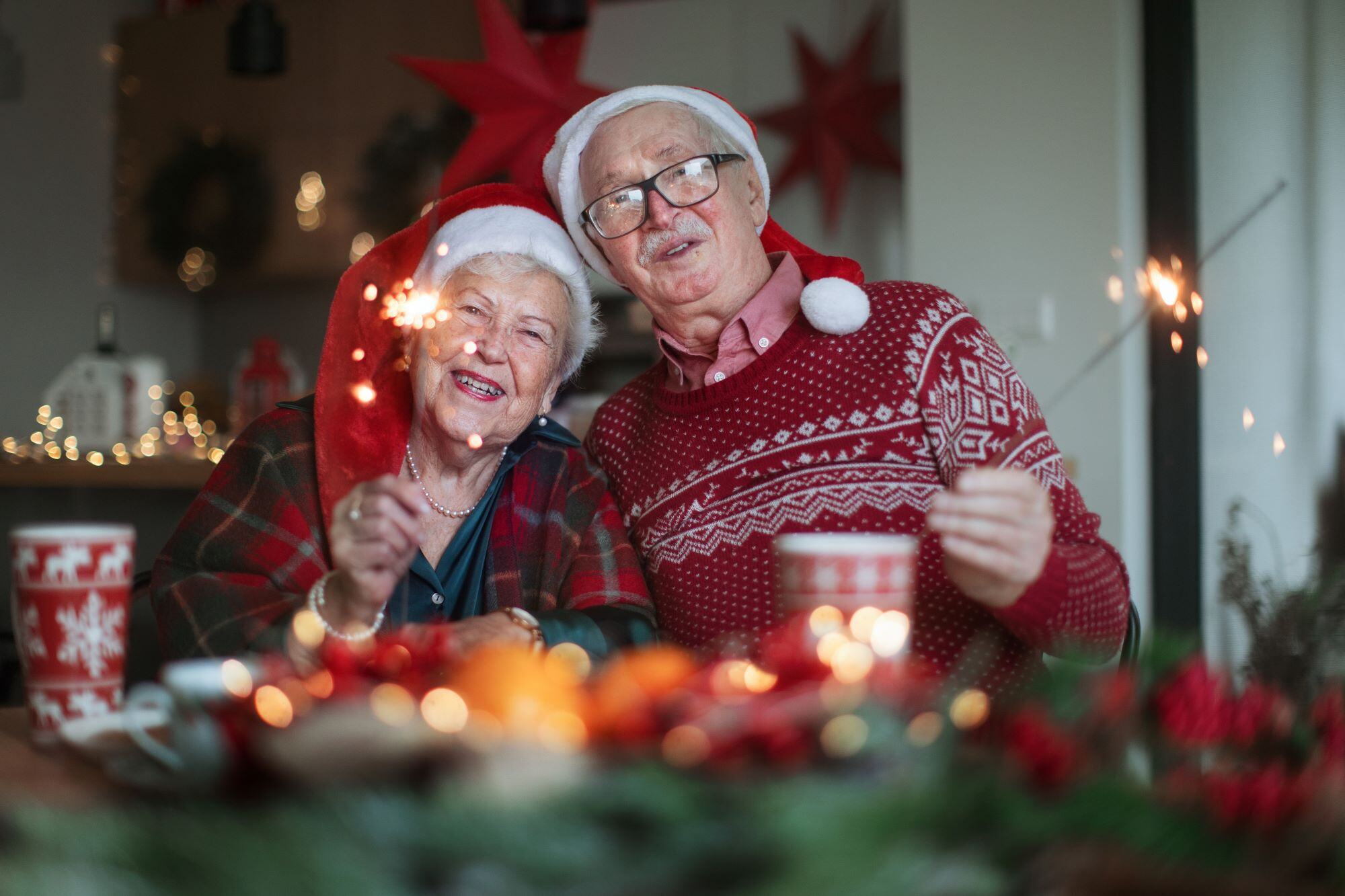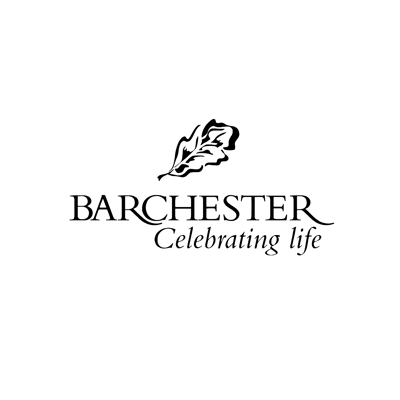Wellbeing and Activities platform expert Jack McKechnie discusses the benefits of dancing for dementia, the benefits, and some activities for people living with dementia to try

The benefits of physical activity for those with dementia is well documented, for example with the prevention of falls but whereas before we have discussed exercise programmes that are focused on improving muscle strength, balance and mobility, another way that people with dementia can participate in physical activity is dancing. The benefits of dancing for people with dementia are similar to that of other activities for people with dementia: it helps residents reduce anxiety and agitation, it improves overall wellbeing and as a result it can improve quality of life.
However, where dancing differs from other forms of physical activity is that it can also help residents to express themselves in new, non-verbal ways. It allows them to move as a means to communicate. It also might trigger fond memories of times gone by when dancing was at the centre of a strong and happy memory, such as a wedding or family celebration, or the music chosen might trigger memories of a certain time in their life.

Dancing can potentially rekindle happy memories, such as weddings, family get-togethers like Christmas or birthday celebrations
Mind, body and soul benefits
Because of the benefits outlined above, dancing can be one of the few completely holistic activities for those with dementia because it has significant positive impact for the mind, the body, and the soul. Here’s why...
-
Mind: Taking part and learning new, unique dance routines, for example the Jive or the Cha Cha, will support the ability to learn something new, speed up brain processing and improve concentration
-
Body: Dancing is an accessible and adaptable activity. You don’t have to be standing up to get your groove on! The benefits dancing has on your body include improving strength, flexibility and helping with energy levels.
-
Soul: Exercise is known to improve mood. This is because it affects chemicals in the brain, such as dopamine and serotonin, which can affect your mood positively as well as your cognitive ability. But what gives dancing the edge is the joy and happiness it can spread, promoting new meaningful connections and reducing depression and anxiety.
Why not try this...
If you’re looking for a new take on a classic and fun activity, why not play a game of musical statues with a meaningful twist? Source everyone’s favourite songs before you begin the game, then ask people to partner up. Then, as the music plays, get them to dance together. When the music stops, everyone will have to freeze – the last pair to stop moving are out of the game!
The Oomph! Wellbeing and Activities platform has hundreds of activities centred around exercise and dancing that have been created by experts in wellbeing for older adults. To find out more about the crucial impact and importance the Wellbeing and Activities platform can have on your care home, just click here.






